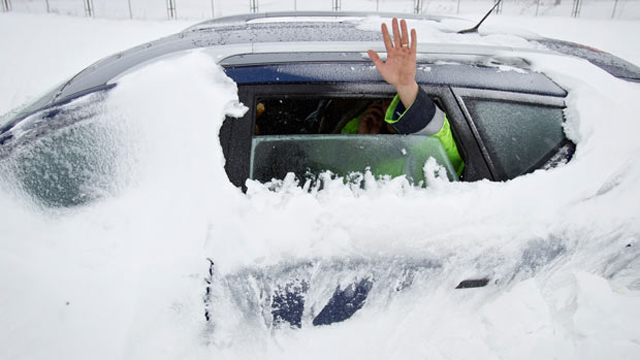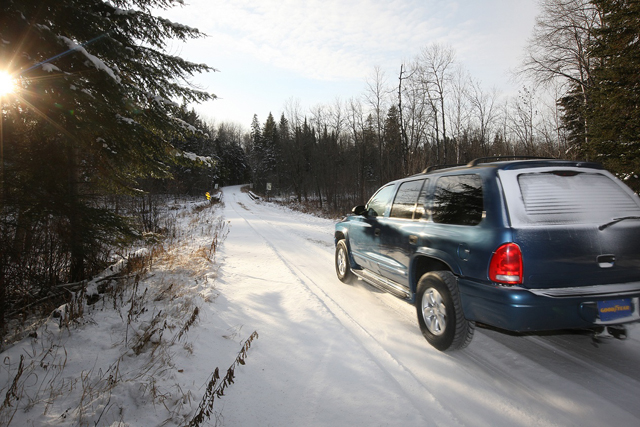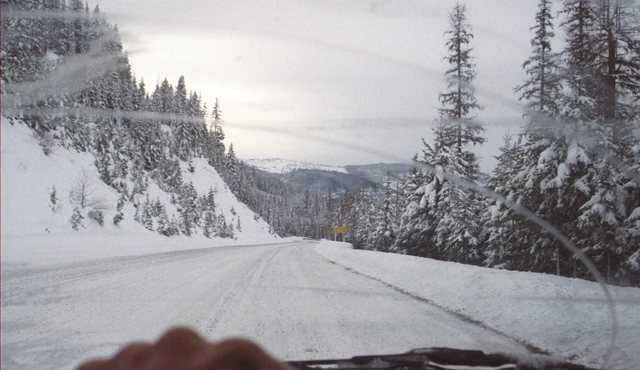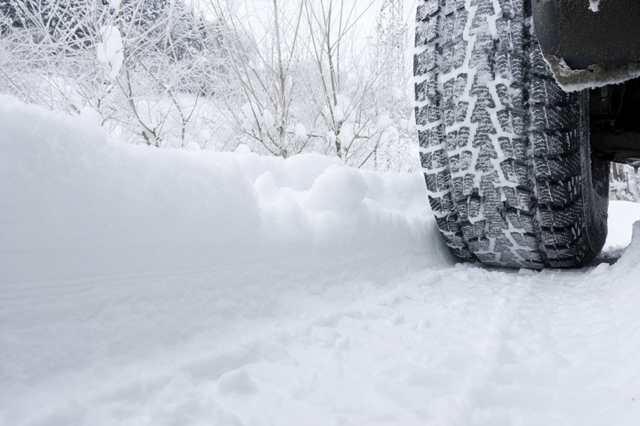
Winter is not just the time when you bundle yourself up and brace for the cold. Your car needs the same treatment, especially if it’s a new car. Sure, it may not look as good as you do with a scarf and a toque on, but little additions to your ride during these winter months can make all the difference, especially if you’re in the middle of a deep freeze.
A checklist for winter driving may not only improve your car’s deal come resale time, but it may also save your life during less than ideal driving conditions. If you wish to commute through the ice and snow, it would be wise to set aside a winter budget for your car— just look at it as buying a nice jacket for your vehicle. Here are some key areas to focus on:
Tune Up Your Car for Optimum Performance
Routine Checks
Preparing for winter is a year-long endeavour, but so is owning a car. Car degradation can happen in May, but with the extreme elements of winter, that shouldn’t be the best case scenario. So, bring your car in to a mechanic for a routine check up. They will make sure your battery is in good shape, your tires are capable and that your ride will be able to get you through the havoc.
In addition to safety, getting a routine check will also save you money.An optimal performing engine can improve gas mileage by 4.0% and properly inflated tires can make up 3.3%, whereas an under-inflated tire can lose 0.3% for every psi dropped in regards to the four tires.
Every little bit of gas helps in winter, because moisture has been proven to settle in the fuel tank due to the cold. Having a full tank of gas will reduce the moisture, thus reducing the risk of it freezing, blocking up the pick up and stalling the engine.
Winter Tires
Canada is a vast country and depending on where you live geographically, it can determine whether having a set of winter tires is mandatory or just a good idea. In temperatures less than -10 degrees C, all-season tires’ grip is compromised. Winter tires provide more traction and better braking and handling because of deeper grooves and treads.
Winter tires can cost an average of $120 per year, but that doesn’t include the cost of rotating it each season, which is around $75. An average driver commutes 20,000 kilometres a year, but they travel less than half of that distance during the winter months. Drivers with winter tires often get their money’s worth after two years, because mechanics highly recommend swapping back to all-season tires when the snow thaws and the ice melts. Winter tires will usually last 35,000-40,000 kilometres.
Avoid mixing and matching tires. Driving with two winter tires and two all-season tires will cause more harm to your vehicle than having no winter tires at all. Two different sets of tires will cause the axels to grip the road awkwardly, which can lead to fishtailing or under-steering.
Air Filter
All year long, your cabin air filter has been trapping pollen, bacteria, dust and exhaust.A dirty air filter can cause drivers and passengers to breathe in the contaminants and cause major problems for the car’s heating and cooling system. Since the HVAC system in your vehicle is working overtime during the winter, it is crucial to both your health and the car’s well-being to get it cleaned or changed.
Spark Plugs
Although we often consider gasoline to be fuel for the car, it’s nothing without a functioning spark plug. Spark plugs supply the essential element that gets the car going. When a car doesn’t start, we often focus on the engine or the battery—but the cause may be the spark plugs. If this important part of the car is neglected, many problems can arise during winter, including misfires, high fuel consumption, weak acceleration, or even a dead car.
Pack for Winter Trips

Winter is all about making lists: Christmas list, grocery list, list of people to invite for your New Year’s party and so on, but let’s not forget about the list we must make for our commutes. Anything can happen on the road during frosty conditions, so it is important to be prepared.
I know, I know, a car should not be your storage space, but these items can make ploughing out of a parking spot or waiting for double A to come save you much less strenuous.
Cellphone and Charger
Let’s be honest, we love our precious cellphones and we bring one with us everywhere. Be sure to have it handy during hazardous conditions, but don’t you dare use it while driving.
First Aid Kit
A first aid kit should be required in every car all year round, and it should have the following items: flashlight, batteries, blankets, matches, extra clothes, bottled water and non-perishable snacks. If your car does break down on a highway between two distant exits, you first aid kit will be your lifeline and it should not be disregarded.
Shovel or Snow/Ice Scraper
Having a shovel in your car can make all the difference, if spending a night trapped in a snow storm doesn’t sound like a good idea.
Bag of Sand or Weights
A bag of sand is useful during winter when traction does not come smoothly. For vehicles with four-wheel drive, a bag of sand in the truck can weigh down the rear tires, giving the car a bit more boost.
Driving Tips

Obviously, if you are driving through snowy and icy conditions, it is because you have to and not because you are going on a joy ride.So, don’t be negligent and follow these few helpful tips to get you to work, home or the market safely.
Check Weather Conditions Before Heading Out
Don’t put all your chips on weather forecasters, but do keep their meteorology expertise in mind before you depart. Canadian winters are notorious for its sudden changes and you don’t want to be caught in the middle of a storm. Always let someone know where you are going before you head out.
Been Seen
Not only is it important for you to see other drivers on the road, but it’s important that they see you. Remove all snow off your car before you start driving and that includes areas like roof, hood and trunk. If the conditions hinder your visibility, don’t continue. Instead, find a rest stop and take shelter in a building.
Stay on Main Roads
Snowploughs might not make it down residential streets, so avoid those as much as possible. Be sure to drive with the traffic flow on main roads, avoid passing other vehicles and leave a comfortable amount of room between you and other vehicles.
Avoid Skidding
Skidding occurs when tires lose traction with the road. In harsh conditions skidding can happen to the best of vehicles.To avoid skidding, slow down and be cautious when braking, changing lanes, making turns and merging into traffic. Should your car skid, avoid harsh braking or jerking the car. Instead, release the brakes, shift to neutral, steer away from obstructions, wait for the vehicle to gain traction, shift back to drive and accelerate gently. Different type of skidding require slightly different procedure, but always remember to stay calm.
Be prepared for anything while driving in poor conditions and take on responsibility when you hit the road. Look out for your vehicle and your vehicle will take care of you.







